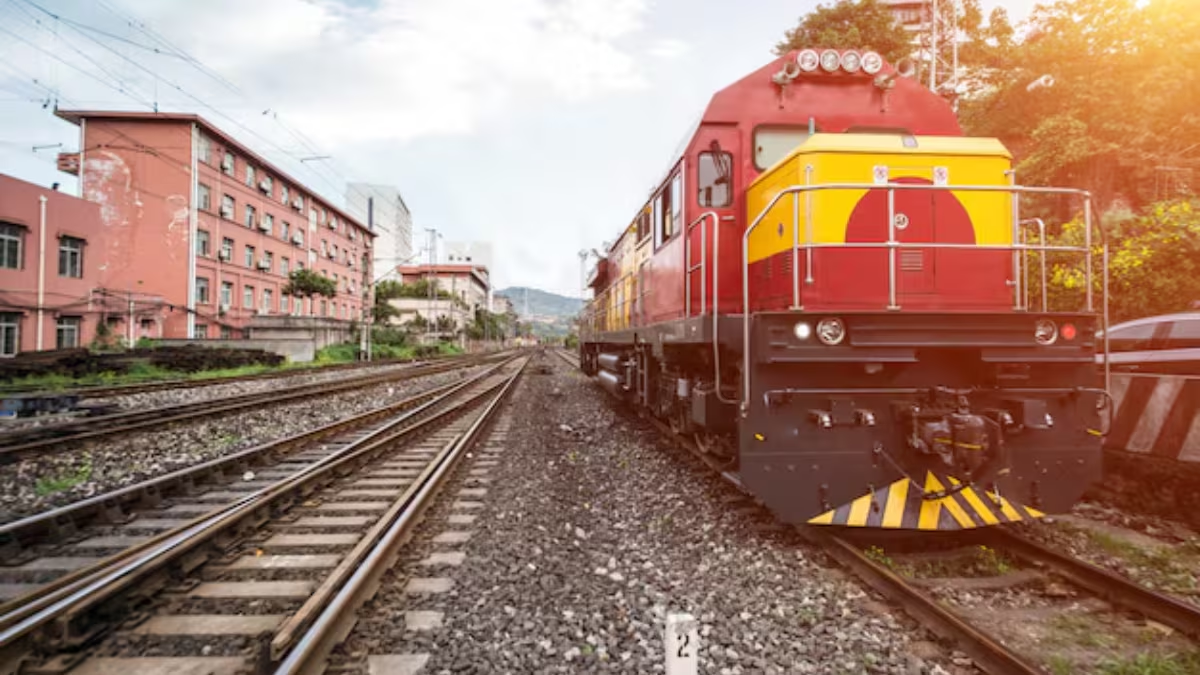India’s Rail Connectivity Leaps Forward: International Links, Domestic Expansion, and Mega Infrastructure Projects

India’s railway sector is at the cusp of transformation. In recent weeks, multiple projects have been launched that highlight the government’s push to strengthen regional connectivity, boost economic growth, and modernize urban mobility systems. From creating India’s first-ever rail link with Bhutan to launching new express services in Bihar, accelerating the Mumbai–Ahmedabad bullet train project, and expanding metro services in Kanpur, these developments collectively mark a turning point in India’s transport story.
India–Bhutan Rail Link: Strengthening Neighbourhood Ties
For the first time in history, India and Bhutan are set to be connected by railways. Two projects, with a combined investment of ₹4,033 crore, have been greenlit:
-
Kokrajhar (Assam) → Gelephu (Bhutan)
-
Banarhat (West Bengal) → Samtse (Bhutan)
Together spanning nearly 89 km, these lines will be fully electrified. The projects are expected to:
-
Provide Bhutan with a modern, sustainable transport lifeline.
-
Enable smoother cross-border movement of goods, helping Bhutan expand its exports to India.
-
Improve regional tourism, making Bhutan’s spiritual and natural heritage more accessible.
This initiative aligns with India’s “Neighbourhood First” policy, aimed at deepening ties with South Asian nations. It also strategically balances China’s growing infrastructure outreach in the Himalayas.
Bihar’s Rail Boost: Seven New Trains to Improve Regional Integration
The Indian Railways has introduced seven new services in Bihar, including three Amrit Bharat Express trains. These semi-high-speed, modern passenger trains are designed to offer affordable yet faster travel.
Key among them is the Muzaffarpur–Charlapalli Amrit Bharat Express, directly linking Bihar with South India — a critical economic corridor given the migration of workers and the flow of goods.
Economic & Social Impact:
-
Passenger Mobility: Shorter travel times will directly benefit migrant workers, students, and small traders.
-
Trade: Improved connectivity enhances freight corridors for agricultural and industrial products from Bihar.
-
Regional Balance: The launch reflects Indian Railways’ strategy to expand services beyond metros and Tier-1 cities, addressing the needs of eastern India.
This expansion underlines Bihar’s emergence as a critical rail junction, bridging the east with central and southern states.
Mumbai–Ahmedabad Bullet Train: Infrastructure Milestones
The ambitious Mumbai–Ahmedabad High-Speed Rail (MAHSR) project, India’s first bullet train corridor, has hit a new milestone with the construction of the Girdharnagar bridge in Ahmedabad in just 12 days.
Why It Matters:
-
Speed & Scale: The project aims to cut travel time between Mumbai and Ahmedabad to around two hours, compared to the current 6–7 hours by express train.
-
Economic Impact: It will stimulate business travel, encourage tourism, and create new investment opportunities along the corridor.
-
Skill Development: The project involves cutting-edge engineering, Japanese Shinkansen technology transfer, and upskilling of India’s construction workforce.
While the bullet train has faced delays and debates around cost, the accelerated pace of infrastructure construction signals renewed urgency to meet deadlines and showcase India’s readiness for world-class high-speed rail.
Kanpur Metro Expansion: Urban Mobility Upgrade
In the urban transport sector, Kanpur Metro has completed the fleet for its Corridor-1 with the arrival of the 29th train from Gujarat. Work is already underway to strengthen Corridor-2, aimed at covering other dense traffic zones in the city.
Impact on Kanpur:
-
Reduced Road Congestion: Metro expansion will ease pressure on city roads, reducing travel time and pollution.
-
Economic Benefits: Improved last-mile connectivity boosts local businesses and enhances worker productivity.
-
Urban Planning: It supports Kanpur’s long-term growth as a Tier-2 industrial hub with rising residential and commercial demand.
This reflects a larger nationwide push where metros in mid-sized cities — not just Delhi, Mumbai, or Bengaluru — are becoming priority projects.
Mumbai Circular Train: Challenges in Service Innovation
The Railways had recently planned a special circular train to bypass the heavily congested CSMT–Kalyan suburban section. However, the service was cancelled due to technical glitches in the reservation system.
Though temporary, this underlines the operational and technological challenges of running innovative services in one of the world’s most crowded urban rail networks. Mumbai’s suburban rail carries over 7.5 million passengers daily, and even small disruptions have cascading effects. The cancellation signals the need for stronger digital and infrastructural preparedness before launching new pilot services.
Conclusion: India on Track to Transformation
The latest rail developments highlight a multi-layered approach to connectivity:
-
International Diplomacy: India–Bhutan link strengthens regional influence.
-
Domestic Integration: New trains in Bihar enhance mobility and trade corridors.
-
Mega Infrastructure: The bullet train symbolizes India’s aspiration to match global transport standards.
-
Urban Upgrades: Metro expansion in cities like Kanpur brings modern mobility to Tier-2 hubs.
-
Service Innovation Challenges: Mumbai’s cancellation highlights the complexity of upgrading legacy systems.
India’s railways are more than a transport network — they are a driver of economic growth, diplomacy, and urban transformation. With electrification, speed, and expansion at the core, the country is clearly on track towards building a future-ready, interconnected transport ecosystem.



 116
116

 The BharatBiz
The BharatBiz
 16
16

